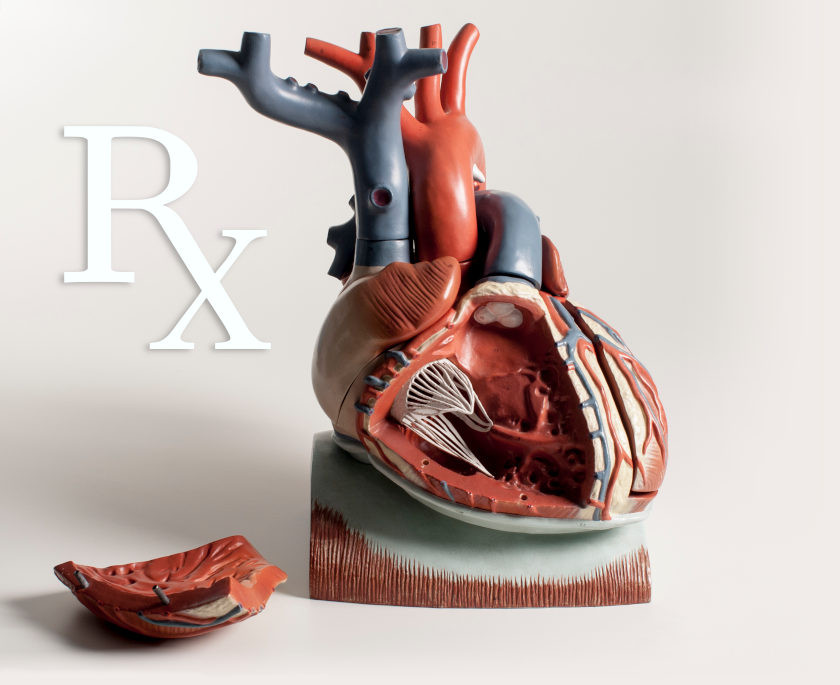Guided Learning - Angina
(NOTE: Turn off or override browser pop-up blockers.)
Pathophysiology of Angina
- What major coronary vessels supply blood flow to the myocardium? click here
- What factors determine coronary vascular tone and, therefore, coronary blood flow? click here
- How and where is nitric oxide formed in a coronary vessel, and what is its physiological role? click here
- What is active hyperemia and what mechanisms are responsible for this phenomenon? click here
- How do sympathetic and parasympathetic activation of the heart alter coronary blood flow? click here
- How do mechanical forces during the cardiac cycle alter coronary blood flow? click here
- What determines oxygen supply (delivery) to the myocardium? click here
- What determines oxygen extraction from the coronary blood as it passes through the heart? click here
- How is myocardial oxygen demand (consumption) determined? click here
- What is the myocardial oxygen supply/demand ratio, and what factors alter this ratio? click here
- Why does a decrease in the myocardial oxygen supply/demand ratio precipitate angina? click here
- How does the oxygen supply/demand ratio determine the level of myocardial tissue oxygenation? click here
- Define ischemia and hypoxia. click here
- How does myocardial hypoxia alter electrical click here and mechanical function click here?
- What is critical coronary stenosis, and why does it limit the coronary vasodilator reserve? click here
- What is coronary vascular steal and under what conditions can it occur? click here
- Define each of the following and state the underlying cause: chronic stable angina, Prinzmetal's (variant) angina, and unstable angina. click here
Antianginal Drugs
- How do antianginal drugs affect myocardial oxygen supply and demand, and how do these actions reduce chest pain? click here
- Which antianginal drugs are used to treat the following types of angina, and what actions of these drugs make them suitable for a particular form of angina? click here
- chronic stable angina
- Printzmetal's variant angina
- unstable angina
- What are the mechanisms by which organic nitrate nitrodilator drugs dilate veins, and how does this relieve angina? click here
- What is drug tolerance, and how does tolerance to organic nitrates alter dosing? click here
- What are common side effects to organic nitrates? click here
- Which calcium-channels blockers are approved for angina and how do these drugs reduce anginal pain? click here
- What preexisting conditions in patients can be worsened by administering calcium-channel blockers? click here
- Why should calcium-channel blockers not be given with beta-blockers? click here
- Why are beta-blockers useful antianginal drugs? click here
- What are the mechanisms by which beta-blockers reduce heart rate and contractility (inotropy)? click here
- Define the following characteristics for beta-blockers: click here
- selective vs. non-selective beta-blockade
- intrinsic sympathomimetic activity
- membrane stabilizing activity
- What are some common side effects and contraindications for beta-blockers? click here
- What is the mechanism of the antianginal effect of ranolazine? click here
Revised 10/28/2023

 Cardiovascular Physiology Concepts, 3rd edition textbook, Published by Wolters Kluwer (2021)
Cardiovascular Physiology Concepts, 3rd edition textbook, Published by Wolters Kluwer (2021) Normal and Abnormal Blood Pressure, published by Richard E. Klabunde (2013)
Normal and Abnormal Blood Pressure, published by Richard E. Klabunde (2013)